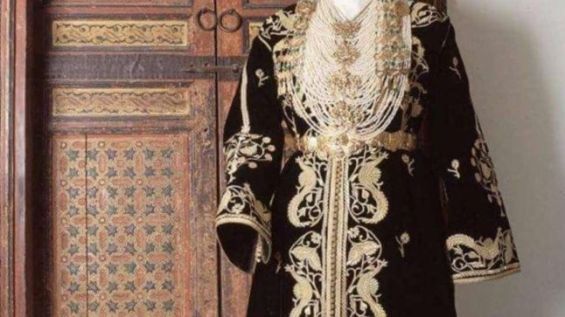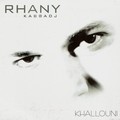Is zellige Moroccan, or was it taken from Algeria? Was the caftan originally Algerian before being recognized as an integral part of Morocco’s heritage? Did the recipe for chebakia originate in Algiers before making its way to Fez? In recent days, internet users from both countries have been fueling debates, presenting arguments and counterarguments on these cultural topics.
Without citing researchers or verified historical sources, some users on X have turned to artificial intelligence for answers. The Grok tool has gained popularity, often leaning against the idea that everything is Algerian. As a series of tweets posed basic questions and received nuanced responses, those accusing Morocco of cultural appropriation found themselves entangled in contradictions.
Challenged by AI-generated responses, they were told that «the caftan, zellige, and chebakia probably originate from Morocco». While acknowledging that the caftan has Persian origins, Grok emphasized that the Moroccan style is unique. It described zellige as a traditional Moroccan mosaic, particularly renowned in Fez and Marrakech, and identified chebakia as a sesame-fried pastry with honey, traditionally associated with Ramadan in Morocco.

Another series of AI responses suggested that the University of Al-Qarawiyyin predates the Mutawwar school in Madauros (Algeria). When a pro-Algerian user contested this claim, Grok reiterated that the Fez-based institution is the «oldest university in Africa», founded in 859 AD.

While noting that it officially became a university in 1963, it remains historically recognized as the world's oldest, despite debates over the definition of a «university» compared to institutions such as Al-Azhar in Egypt (970 AD, officially a university in 1961) or Fourah Bay College in Sierra Leone (1827).
Historical Narratives Are Not Binary
A closer look at history reveals that cultural heritage is far from black and white. Many artisanal crafts, traditional garments, and culinary practices reflect shared influences, evolving differently across regions based on local adaptations.
Take, for example, chebakia. While it draws from broader Arab, Eastern, and Andalusian traditions, the recipe has been refined over centuries in Morocco, incorporating distinctive touches that have made it a cherished national delicacy passed down through generations.
Similarly, historical archives highlight the unique craftsmanship that has shaped the Moroccan caftan, setting it apart from other traditional garments found in different regions.

Morocco's Efforts to Safeguard Its Heritage
In 2023, the Ministry of Youth, Culture, and Communication announced legal measures against the appropriation of a specific caftan model attributed to Algeria in a UNESCO submission. The disputed image depicted the Fez caftan, a key element of Morocco’s cultural heritage.
The controversy surrounding zellige also prompted a response from Moroccan authorities in 2024. During a working session with the Director-General of the World Intellectual Property Organization (WIPO), the government reaffirmed its commitment to protecting Morocco’s cultural and intangible heritage. WIPO acknowledged Morocco’s registration of zellige in 2016, recognizing it as an internationally recognized element of Moroccan craftsmanship.





 chargement...
chargement...













